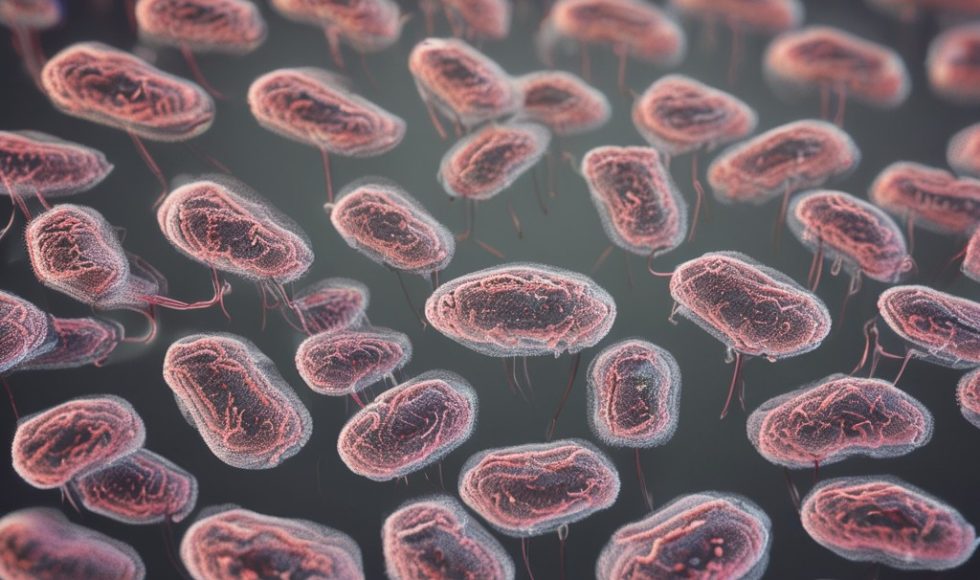Seanne P. Buckwalter from the Mayo Clinic spoke about “Rapid analysis of drug resistant M. tuberculosis complex” at London Calling 2024. The Mayo Clinic has numerous locations, and the three main ones, Buckwalter noted, are in the US. Buckwalter supports the mycobacteriology/mycology laboratory with fifty-six employees, nine BSL3 rooms, and over 48,000 mycobacterial cultures performed annually! The slide noted that the unit is a CDC-designated US Regional Training and Medical Consultation Center for Tuberculosis. Respiratory protection and engineering controls are required for work with these organisms. The lab does acid-fast stains, cultures, antimicrobial susceptibility, and molecular tests. M. tuberculosis complex kills 1.3 million people a year, and multi-drug resistant strains have emerged, said Buckwalter. Real-time PCR, mass spec, and acid-fast staining can happen within hours, but growth takes up to sixty days for phenotypic susceptibility testing. This is where Oxford Nanopore can fill a gap in their test menu. A tuberculosis drug resistance test (TB-DR) is performed with the GridION and uses rapid barcoding. Twenty-four genes are targeted with this assay. Detected SNPs were compared to the WHO Catalogue of Mutations of M. tuberculosis. The Oxford Nanopore TB-DR assay detected variants and correlated with phenotypic assays. Oxford picked more variants than the susceptibility test. Compared to mycobacterial cultures, the TB-DR did very well. The workflow is simple, rapid, and accurate. Bubkwalter emphasized that the assay can be performed in one day: eight hours from sample to answer.



